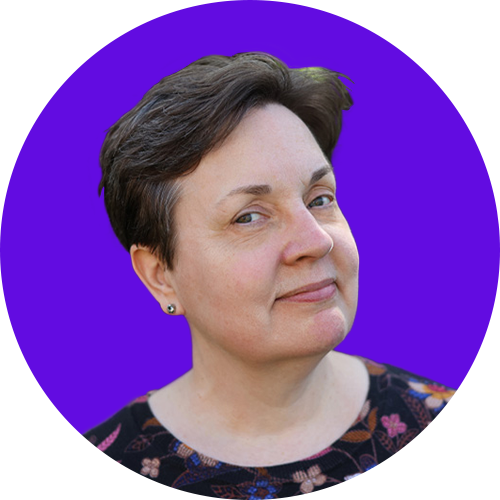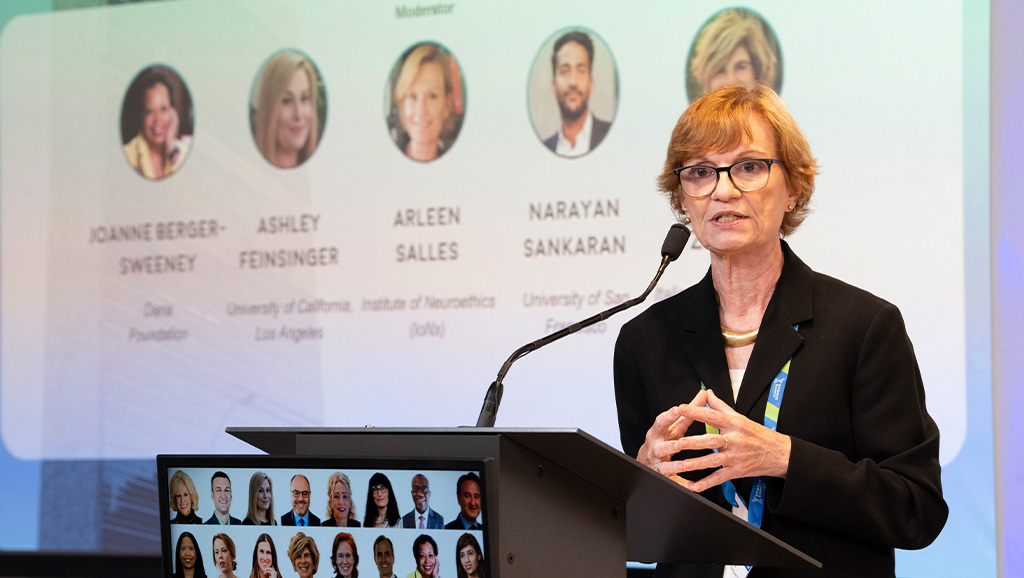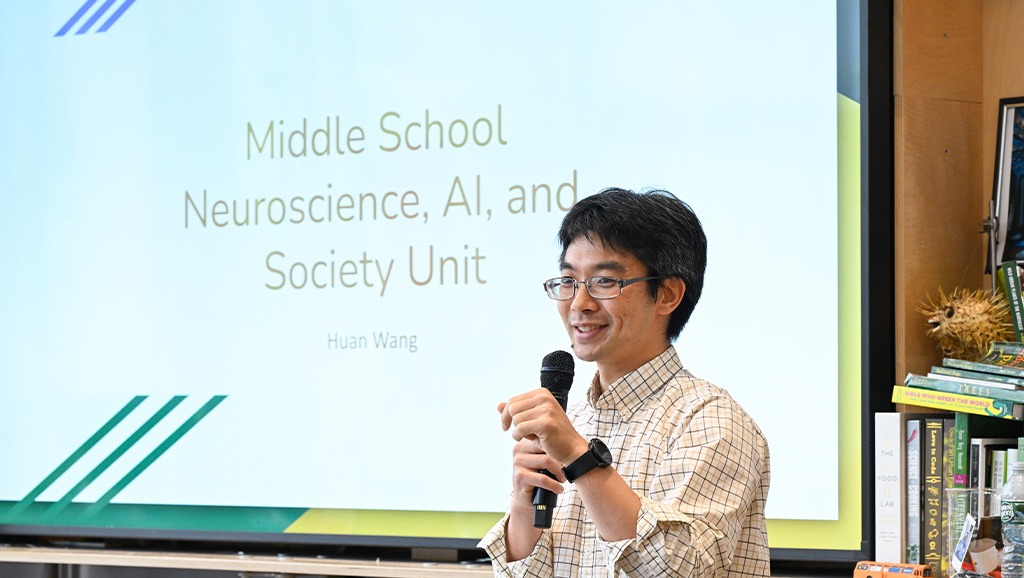News & Insights
Formalizing Community Engagement Training
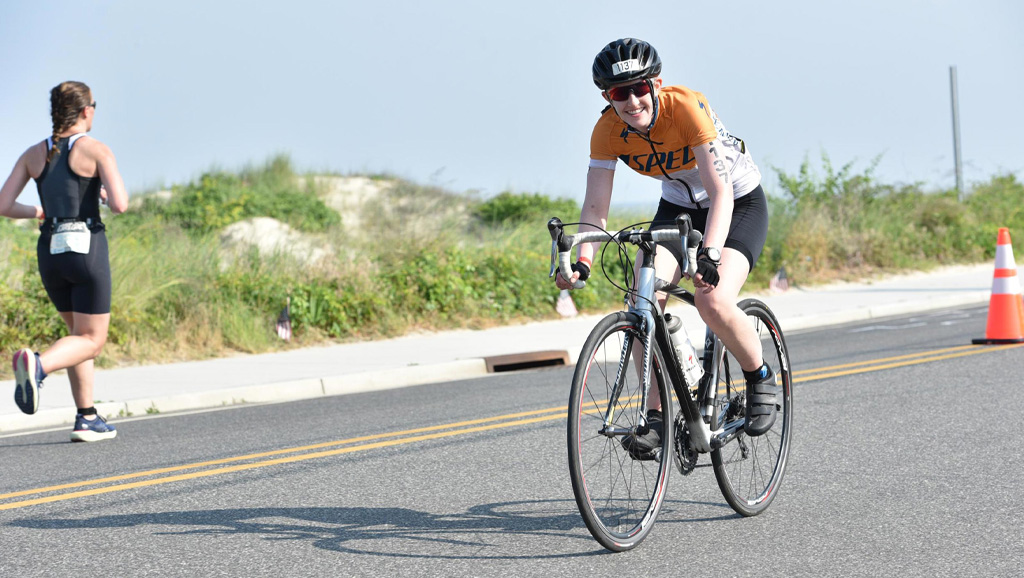
Civic science aims to ensure that scientific research reflects the needs, values, and priorities of diverse publics—ideally, all of society. Its approaches involve improving research practices, enhancing communication among community stakeholders, and fostering meaningful engagement with different institutions and communities to make science more inclusive and thus more effective in the “real world.”
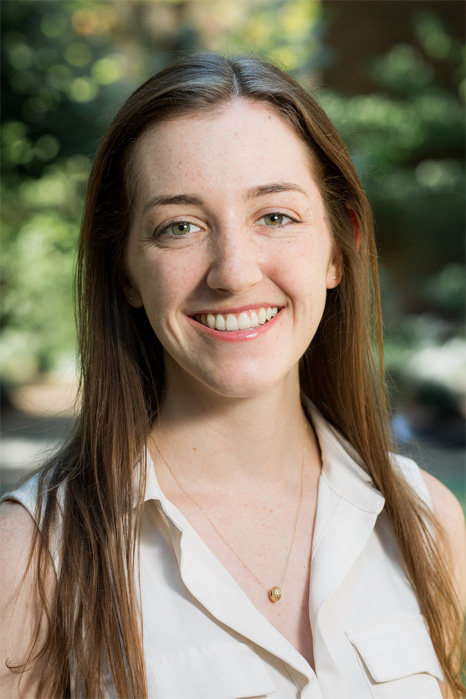

Erin M. Purvis, Ph.D.
The Dana Foundation and other nonprofits together support the Civic Science Fellowships, a program of grants for host institutions to each sponsor a Fellow who will develop and test approaches to civic science and also participate in a network of people devoted to this work. Their aim is to ensure that the processes and products of science both reflect and improve society. The Dana Foundation is supporting three fellows in the 2024 cohort under its Dana Frontiers program. One Fellow, Erin M. Purvis, Ph.D., will be based at the University of California-Irvine Center for the Neurobiology of Learning and Memory.
A Journey Rooted in Discovery
Erin Purvis was drawn to the world of neuroscience by a fascination with the intricate workings of the human brain. Pursuing her Ph.D. at the Perelman School of Medicine, University of Pennsylvania, she explored the forefront of neural engineering. Her dissertation included pioneering work using tissue engineering to develop constructs that could potentially offset neuronal loss caused by traumatic brain injuries.
“I just fell in love with the complexity of the human brain,” Purvis says. “The ability to ask and answer questions that I was interested in was just a really cool career. I didn’t know that being a scientist was even a career until college.”
This revelation, that science could be a profession, fueled her commitment to ensuring that budding scientists would be aware of their career possibilities from the outset. In addition, she says, “I want to help trainees understand early on that science isn’t just an academic pathway but can be deeply connected to community impact.”
From the Lab to the Community
While pursuing her Ph.D. at the University of Pennsylvania, Purvis became acutely aware that her work in cutting-edge tissue engineering research was thrilling, but it also kept her confined within the lab’s boundaries. Feeling the need to connect her work with the broader community, she sought out opportunities to expand her horizons.
Her journey into community engagement was profoundly influenced by a pivotal mentorship with Lori Flanagan-Cato, Ph.D., at Penn. “Dr. Flanagan-Cato introduced me to the potential of community involvement through her undergraduate course, Everyday Neuroscience,” Purvis says.
This innovative, academically based community service course bridges the gap between Penn and local high schools, preparing Penn students to apply their neuroscience knowledge in practical settings. Through engaging lab activities, Penn undergraduates help reinforce fundamental biological concepts for high school students, covering topics such as cell theory, eye anatomy, and genetics.
Under Flanagan-Cato’s mentorship, Purvis worked as a teaching assistant to the undergraduates, whose coursework included volunteering to “bring neuroscience to life” for high school students. By inviting students from Philadelphia’s Paul Robeson High School into the university lab environment, they aimed to demystify the scientific career path and inspire future scientists. “The goal was to boost students’ STEM knowledge and also show them these careers are not only possible but within reach,” she says.
“It was also thrilling to watch the undergraduates expand their curiosity beyond the ‘Penn bubble’ and engage with the community,” Purvis says. “The program helped them become more aware of the disparities just outside the campus, broadening their worldviews and sense of responsibility.”
“When I was an undergraduate, I felt bound by the university walls,” she says. “This experience showed me how valuable it can be to step outside and connect with the community.”
This experience fueled her desire to institutionalize community engagement as part of scientific training. Purvis and Flanagan-Cato together proposed the creation of the Community-Engaged STEM Graduate Certificate Program, which Purvis developed during her fellowship with Penn’s Netter Center for Community Partnerships.
“Creating this program was a joint effort,” she says. “We garnered support across departments to make this vision a reality.”
Understanding that her career would take her back to California, Purvis designed the program to be sustainable beyond her tenure.
“I made sure not to place myself in any critical infrastructure that would cause damage to the program when I left,” she says. By enlisting the support of committed faculty, including the provost, she ensured that the newly hatched program would thrive, fostering lasting connections between Penn’s researchers and the community.
Vision for the Future
Looking ahead, Purvis aims to leverage her experiences from Penn to bring similar community-driven initiatives to UC Irvine and beyond. Her goal is for other universities to embrace this model, offering formalized community engagement training to scientific trainees. “If we want to see more civic science in the future, we have to target trainees,” she says.
Her fellowship at UC Irvine’s Center for Neurobiology of Learning and Memory starts in November. Purvis will focus on exploring the ethical and societal implications of sleep neuroscience in partnership with the local community in Santa Ana. By collaborating with sleep researchers and the local community, she aims to create pathways for diverse community voices to be included in the research process, ensuring the science produced meaningfully represents what each community needs.
Purvis emphasizes that meaningful community engagement is not a one-off endeavor but a sustained effort. “One of the most damaging things that researchers can do is initiate a community partnership and then not follow through with what they say the partnership will accomplish,” she warns. “Community partnerships require time, dedication, and longevity—but the results are worth it.”
“Building trust takes time, and only by seeing commitments through can we truly demonstrate that these partnerships are valuable and necessary.”
Fostering inclusive and community-engaged science holds promise for both the scientific community’s growth and the broader scientific landscape. Through her efforts, Purvis aspires to spark dialogues that bridge academia and societies, paving the way for a future where research truly reflects and further enriches the world around us.
